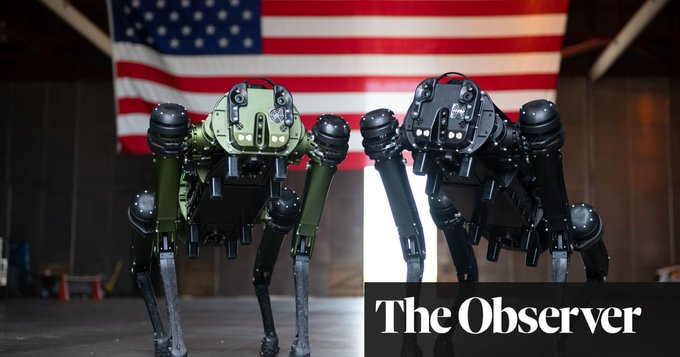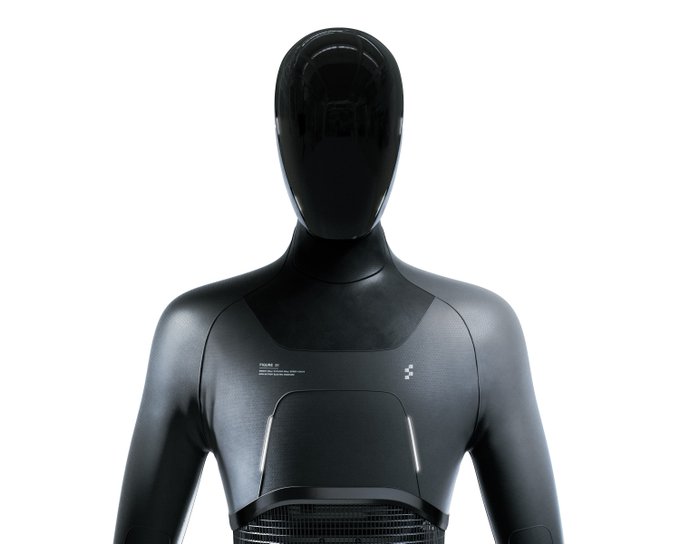From armed robot dogs to target-seeking drones, the use of artificial intelligence in warfare presents ethical dilemmas that urgently need addressing
A number of shots rang out, smashing into Fakhrizadeh’s black Nissan and bringing it to a halt. The gun fired again, hitting the scientist in the shoulder and causing him to exit the vehicle. With Fakhrizadeh in the open, the assassin delivered the fatal shots, leaving Fakhrizadeh’s wife uninjured in the passenger seat.
Then something bizarre happened. A pickup truck parked on the side of the road exploded for no apparent reason. Sifting through the wreckage afterwards, Iranian security forces found the remains of a robotic machine gun, with multiple cameras and a computer-controlled mechanism to pull the trigger. Had Fakhrizadeh been killed by a robot?
Subsequent reporting by the New York Times revealed that the robot machine gun was not fully autonomous. Instead, an assassin some 1,000km away was fed images from the truck and decided when to pull the trigger. But AI software compensated for the target’s movements in the 1.6 seconds it took for the images to be relayed via satellite from the truck to the assassin, and the signal to pull the trigger to come back.
Mots-clés : cybersécurité, sécurité informatique, protection des données, menaces cybernétiques, veille cyber, analyse de vulnérabilités, sécurité des réseaux, cyberattaques, conformité RGPD, NIS2, DORA, PCIDSS, DEVSECOPS, eSANTE, intelligence artificielle, IA en cybersécurité, apprentissage automatique, deep learning, algorithmes de sécurité, détection des anomalies, systèmes intelligents, automatisation de la sécurité, IA pour la prévention des cyberattaques.






